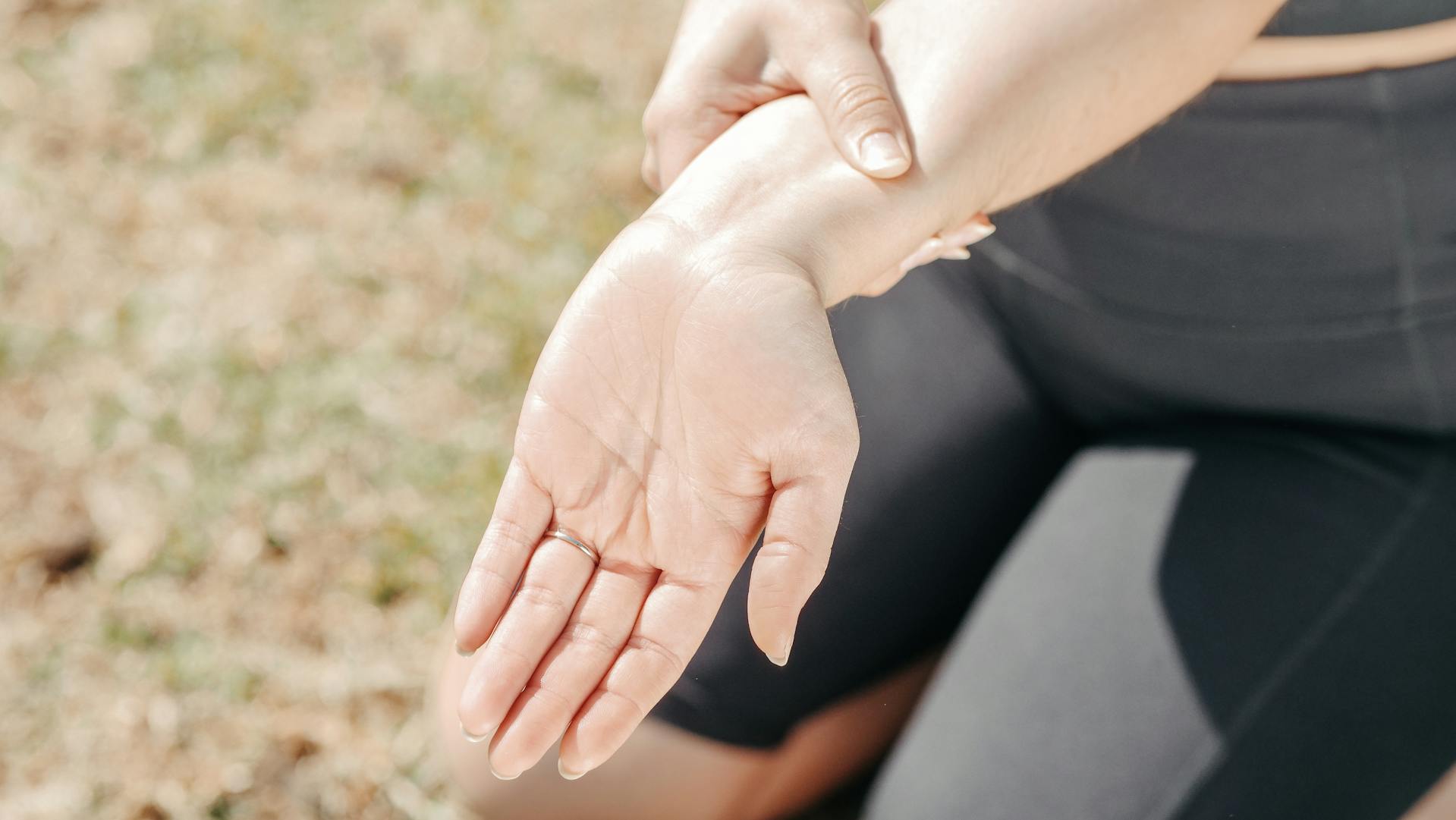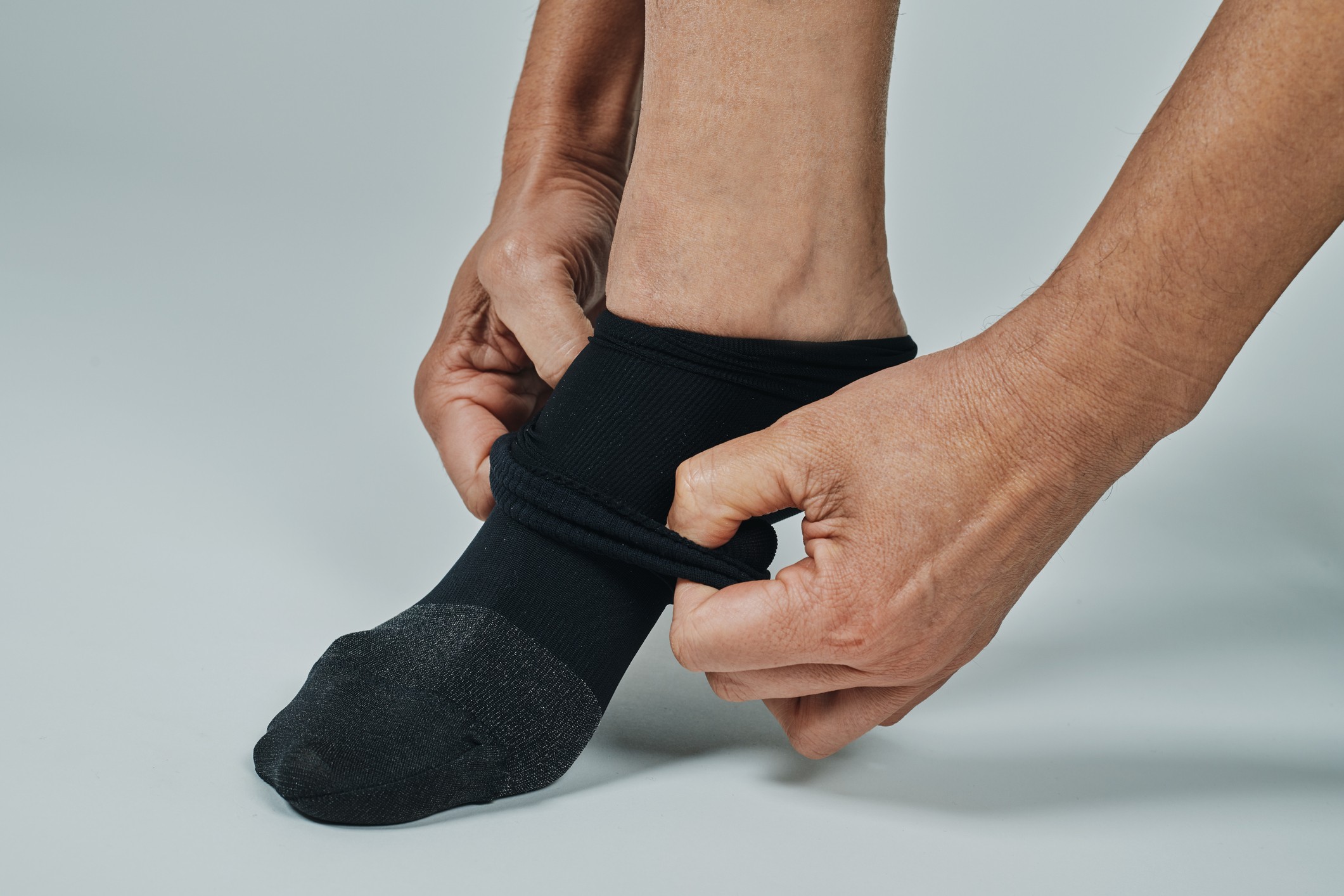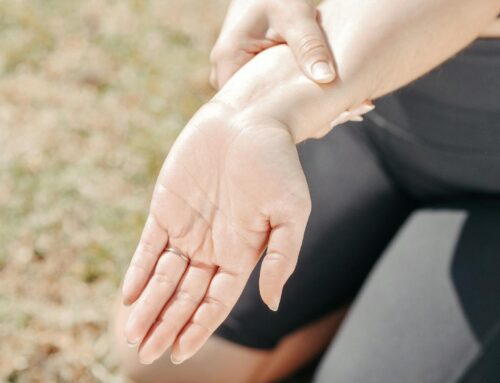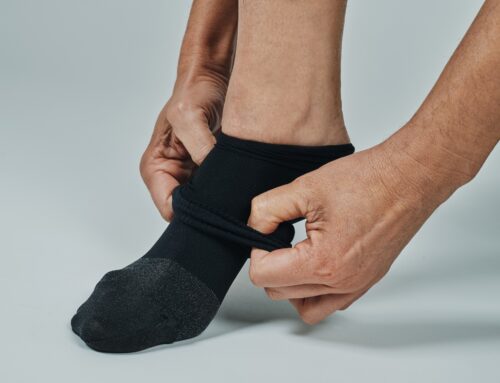Bursitis, a condition characterized by the inflammation of the bursae, small fluid-filled sacs that cushion the bones, tendons, and muscles near joints, can be a source of significant discomfort and mobility issues. Knee bursitis, specifically, affects one of the largest and most critical joints in the body, leading to pain and limiting movement. This condition often arises from overuse, injury, or other underlying health issues, making it a common concern for athletes and individuals with certain occupational habits.
The selection of the right knee support is vital in managing and finding relief from bursitis. A well-chosen knee support can alleviate pain, reduce inflammation, and provide the stability needed to continue daily activities with minimal discomfort. However, choosing the appropriate knee support requires an understanding of the condition and the specific needs of your body.
Understanding Bursitis
Bursitis is an inflammatory condition affecting the bursae, the small, fluid-filled sacs that act as cushions around the joints. These sacs reduce friction and cushion pressure points between your bones and the tendons, muscles, and skin near your joints. When these bursae become inflamed, it leads to bursitis, characterized by pain and swelling.
Causes of Bursitis
Bursitis often results from repetitive motions or positions that put pressure on the bursae around a joint. For example, kneeling for prolonged periods can lead to knee bursitis, commonly seen in professions such as gardening or carpet laying. Other causes include trauma or injury to the joint, certain rheumatic conditions, infections, or even age-related wear and tear.
The most common symptoms of knee bursitis include:
- Pain at or around the knee joint.
- Swelling and redness over the knee.
- Reduced movement and stiffness in the knee.
- Pain when moving or pressing on the knee.
Diagnosis typically involves a physical examination, medical history evaluation, and sometimes imaging tests like X-rays or MRIs to rule out other conditions.
Impact on Daily Life
Bursitis can have a substantial impact on daily life, as it significantly limits mobility and causes persistent pain. Simple activities such as walking, climbing stairs, or sitting for extended periods can become increasingly difficult, thereby affecting both personal and professional aspects of life.
The risk factors for developing knee bursitis include repetitive motion or prolonged pressure on the knee, engaging in sports like football or wrestling, previous knee injuries, certain medical conditions such as arthritis or diabetes, and obesity, which adds extra strain on the knee joints. These factors combined can greatly increase the likelihood of experiencing knee bursitis.
Risk Factors and Prevention Strategies
Understanding the risk factors for knee bursitis is crucial in its prevention. Various elements contribute to the development of this condition, making it important to be aware of what might increase your susceptibility.
These risk factors range from physical activities and lifestyle choices to underlying health conditions, each playing a significant role in the likelihood of experiencing knee bursitis. By being informed about these risk factors, you can take proactive steps to minimize your chances of developing this painful condition.
- Repetitive Motion or Pressure: Activities that involve repetitive knee use or prolonged kneeling.
- Sports Participation: Sports that involve direct impacts to the knee.
- Previous Knee Injuries: Past injuries can increase the risk of bursitis.
- Medical Conditions: Conditions like arthritis, gout, or diabetes.
- Age: The risk increases with age as joints and their supporting structures wear down.
- Obesity: Excess weight adds more strain on the knee joints.
Prevention Strategies
Effective prevention strategies are essential in safeguarding against the onset of certain health conditions. Implementing these strategies can significantly reduce the risk of developing issues and contribute to maintaining overall well-being.
By understanding and applying effective preventative measures, individuals can take charge of their health, potentially avoiding the complications and discomfort associated with various conditions. Adopting these strategies is a proactive step towards ensuring long-term health and quality of life.
- Regular Exercise: Strengthening the muscles around the knee for better support.
- Weight Management: Maintaining a healthy weight to reduce stress on the knees.
- Protective Gear: Using knee pads during activities that put pressure on the knees.
- Ergonomic Practices: Modifying work and daily activities to reduce knee strain.
- Proper Posture: Maintaining good posture to distribute body weight evenly.
Knee Supports for Bursitis Relief
Knee supports are instrumental in managing and providing relief from bursitis. These supports offer significant assistance by targeting key areas affected by the condition. Their role in the treatment and management of bursitis encompasses a variety of functions, each specifically designed to address the symptoms and discomfort associated with this condition.
By incorporating knee supports into a bursitis management plan, individuals can experience a noticeable improvement in their symptoms and overall comfort.
- Knee supports take pressure off the inflamed bursa, reducing pain and swelling.
- They help maintain proper knee alignment, reducing the risk of further irritation.
- Supports offer stability to the knee joint, which is particularly beneficial during recovery.
- By restricting harmful movements, knee supports prevent aggravating the condition.
Benefits for Bursitis Patients
For patients suffering from knee bursitis, knee supports offer numerous benefits. These specialized supports are designed to address the specific needs and challenges faced by individuals with this condition.
They provide targeted relief and support, contributing to a more manageable and comfortable experience for those dealing with knee bursitis. The advantages of using knee supports in these cases are diverse and can significantly improve the patient’s quality of life and mobility.
- Alleviate Pain: By cushioning and supporting the knee, they reduce discomfort.
- Facilitate Movement: Supports can make walking and other movements less painful.
- Speed Up Recovery: They aid in the healing process by protecting the affected area.
- Prevent Recurrences: Long-term use can help prevent the recurrence of bursitis.
Types of Knee Supports for Bursitis
Exploring the various types of knee supports available for bursitis is key to finding the right solution for each individual’s needs. From knee sleeves offering mild support and compression for minor bursitis to more robust options like wraparound braces and hinged knee braces, each type serves a specific purpose.
- Knee Sleeves: Provide mild support and are beneficial for mild bursitis. They offer compression, which can help reduce swelling.
- Wraparound Braces: Offer more support than sleeves and are adjustable for a custom fit.
- Hinged Knee Braces: Provide the highest level of support, ideal for severe bursitis or post-injury support.
Pros and Cons
- Knee Sleeves:
- Pros: Comfortable for daily wear, good for mild pain relief.
- Cons: Limited support, not suitable for severe bursitis.
- Wraparound Braces:
- Pros: Adjustable fit, better support than sleeves.
- Cons: Can be bulkier, may require adjustment throughout the day.
- Hinged Knee Braces:
- Pros: Maximum support and stability, best for severe cases.
- Cons: Bulkier and may restrict movement more than other types.
Selecting the right type of knee support is essential for effective bursitis relief. Understanding the specifics of each type helps in making an informed decision that suits individual needs and lifestyle.
How to Choose the Right Knee Support
Selecting the appropriate knee support for bursitis is not a one-size-fits-all process. It requires careful consideration of various factors to ensure you get the most benefit from the support. Here’s what to keep in mind:
- Severity of Bursitis: The extent of your bursitis should guide your choice. More severe cases may require a more robust support like a hinged brace.
- Comfort and Fit: A knee support should be comfortable enough to wear for extended periods. It should fit snugly but not be so tight as to cut off circulation.
- Material: Look for breathable, skin-friendly materials that wick away moisture, especially if you’ll be wearing the support for long periods.
- Activity Level: Consider your daily activities. If you’re very active, you might need a support that offers flexibility as well as stability.
- Adjustability: Adjustable supports allow you to customize the fit and level of compression, which can be particularly useful as swelling decreases.
Tips for Finding the Right Fit and Material
- Measure Your Knee: Use a measuring tape to measure around the largest part of your knee. This will help in selecting the right size.
- Try Before You Buy: If possible, try on different supports to see which feels most comfortable and supportive.
- Read Reviews: Look at what others have said about the support, especially those with similar conditions.
- Consider Allergies: If you have skin allergies, make sure the material is hypoallergenic.
While the above tips are helpful, nothing replaces professional advice. A healthcare professional can assess your specific situation and recommend the best type of support for your needs. With Care-Med’s expertise, you can make an informed decision and find the relief you need.
Pathway to Bursitis Relief
Choosing the right knee support is more than just a remedy—it’s a step towards reclaiming your mobility and comfort. Knee supports, when selected and used correctly, can significantly alleviate the pain and limitations caused by bursitis, enabling you to engage more fully in daily activities and improve your overall quality of life.
We encourage you to not just endure discomfort but to take proactive steps towards your health and well-being. By integrating the right knee support into your bursitis management plan, along with other recommended strategies like physical therapy and lifestyle modifications, you can effectively manage your symptoms and enhance your recovery journey.
At Care-Med, we are committed to guiding you towards the best solutions for your specific needs. Our expertise in orthopedic aids, combined with a personalized approach to care, ensures that you receive the support that is just right for you.
We invite you to book an appointment with us for a personalized consultation. Our team will assist you in navigating the options for knee supports, providing professional advice tailored to your unique situation. Together, we can find the ideal knee support solution that offers you the best in comfort and efficacy.
Share This Story, Choose Your Platform!
Table of Contents
We specialize in orthotics, body braces, and compression wear tailored to your unique needs in Toronto. Reach out to us at info@caremed.care or call 416-782-5353 to book your fitting and consultation.
Experience the difference of customized solutions designed just for you.











